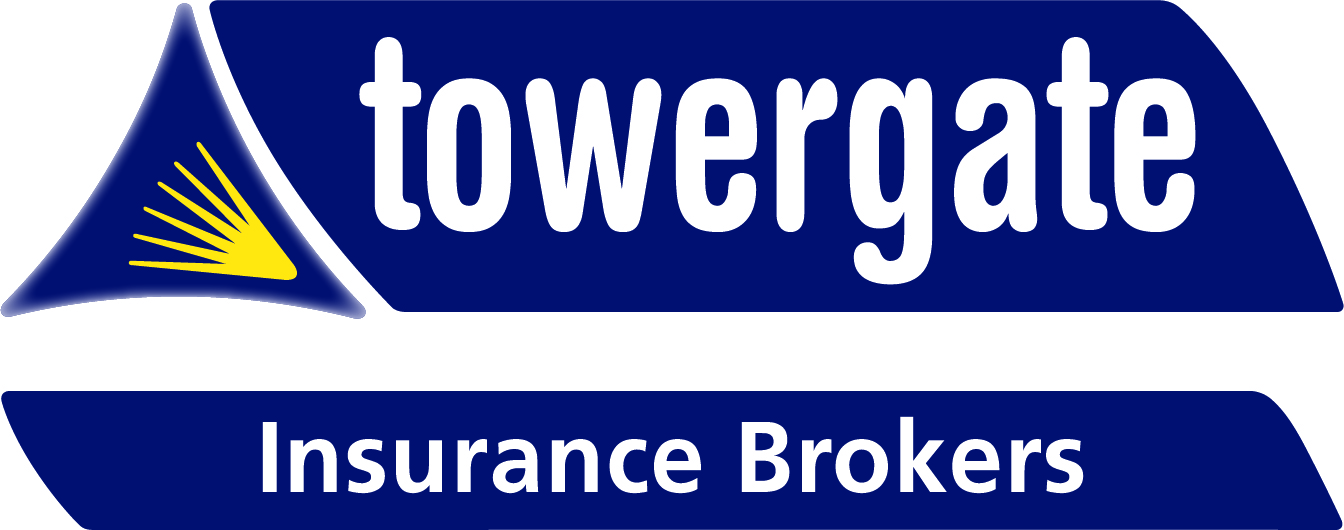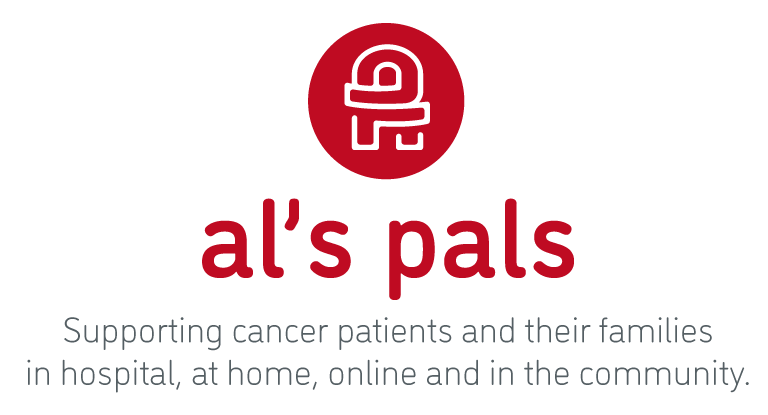

New year, new business structure
Blogs
Businesses need to be agile to survive and prosper, particularly as we face the duel challenge of having to deal with a global pandemic, whilst also bracing ourselves for the UK’s exit from the EU. The ability to react quickly and to develop services to meet changing client demands and evolving government guidance will continue to be key as we head into the new year.
‘For some, adaption will come easily’, says Danielle Austin, a Solicitor in our Company Commercial team, ‘but for others the process will be hard and necessitate difficult conversations around the future direction of the business. In some cases, it will be necessary to help co-owners and managers to plan an orderly exit, whether through early retirement, agreed resignation or the negotiation of a buyout.’
Thought will need to be given to whether sole traders should continue to go it alone, whether partnerships and shareholdings need to be restructured, or whether the time is right for you to consider adopting an entirely new type of business structure.
Relevant factors
When considering your options, there are various factors to think about, including: anticipate having to make in the coming weeks and months; protect your business and drive it forward; investors; and older members of the business to retire and new relationships to be forged.
- the extent to which you have been affected by the pandemic;
- whether you will be affected by Brexit;
- how confident you feel that your business will be able to weather the storm;
- any changes you have already made to the way you operate or which you
- any barriers you have encountered or expect to encounter as you seek to
- the appetite for change among existing partners, directors, shareholders and
- whether the time might be right for a succession plan to be implemented, to enable
There are four principal structures that can be adopted by small to medium sized privately-owned enterprises to conduct commercial activities. These are sole trader, conventional partnership, limited liability partnership and limited company.
When clients come to us for advice, often the structure they are operating under is the one they elected to use when they started the business and which they perceived at that time to be the most tax efficient and easy to run. However, what suited you then might not be what suits you now and might not be appropriate where a co-owner has expressed a desire to leave, or where change is required to enable you to meet the challenges that lie ahead in a period of sustained upheaval.
When assessing whether your existing business model remains fit for purpose, it is important to bear in mind the key characteristics of each of the structures you might potentially adopt, together with their corresponding advantages and disadvantages.
The sole trader
When you operate as a sole trader you have the advantage of being able to make decisions about the future direction of your business quickly and without having to run this past anyone else or to comply with set procedures. However, the downside of this is that you assume personal liability for all business debts. It may also be hard to raise finance unless you have significant personal assets against which lending can be secured.
This might be an acceptable trade off in ordinary circumstances, but if you need to cut costs, increase borrowing and ringfence your risk exposure to deal with the pandemic or Brexit related issues, then it might be time to revisit your decision and to look at things afresh.
The partnership
When you operate as a partnership you have the benefit of being able to run your business more or less as you please and without having to tell the world about the state of your finances, unlike companies which are obliged to publish annual accounts.
However, the flip side of this is that, like sole traders, you assume personal liability for partnership debts. You could also find your business effectively crippled where you and your co-partners disagree on the steps needed to drive the business forward, particularly where there is no formal partnership agreement in place detailing how any dispute is to be resolved.
Converting to a limited liability partnership or company
Conversion to a limited liability partnership or company may help to address some of the difficulties you are encountering, but each will expose your business to the need to comply with statutory obligations around financial reporting.
Where the company route is chosen, there are also statutory requirements relating to standards of behaviour that need to be adhered to.
Hiving off a business
Where you already operate under a company structure, it might be sensible for certain business activities to be separated out. This can be appropriate where diversification of your goods or services is planned and you are worried about your potential risk exposure should the new venture fail.
The process of hiving off can be incredibly useful as it allows you to effectively transfer a business activity into a separate company. This can then operate independently and free you from the worry that your whole business might collapse if a new and possibly risky activity does not work out as you had hoped.
Bespoke business structures
There are also some bespoke arrangements that might be worth considering, including: to pool your knowledge and resources in order to deliver a new service;
and goods and services to market in the EU with relative ease.
- a joint venture agreement to allow you and another business to join forces
- a distribution or agency agreement to allow you to continue to get your
How we can help
Assessing which business structure is right for you is a detailed process and one that is best undertaken with the support of a firm of lawyers, such as Geoffrey Leaver Solicitors, who have an in depth understanding of the issues at play and who can provide you with tailored advice based on your circumstances.
For further information or advice on business restructuring please contact Danielle Austin on 01908 689399 or at daustin@geoffreyleaver.com.
This article is for general information only and does not constitute legal or professional advice. Please note that the law may have changed since this article was published.









